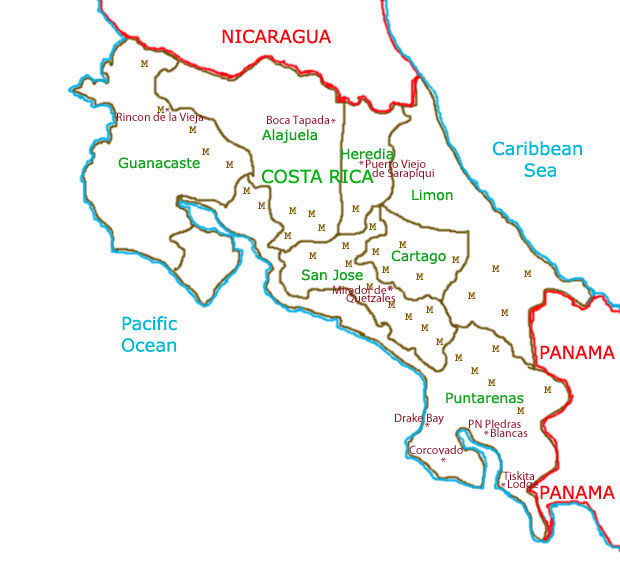Colombia Dilophonotini:
Callionima, Erinnyis, Hemeroplanes, Isognathus, Madoryx, Oryba, Pachylia, Pachylioides, Phryxus, Pseudosphinx
 |
 |
I have arranged the images in accordance with my perception of wing characters: predominent markings, shape, colour, size.
Females often have a wing shape or pattern that differs from the males. I hope some day to also have a thumbnail checklist for the females.
This page is inspired by the photographic efforts of Gernot Kunz. Gernot has photographed live moths from many locations in Costa Rica. Places he has visited over the last many years now appear on the Costa Rica map. You will find many of his photographs on the various species files.
Callionima
|
Erinnyis
Only alope has yellow hindwings;
|
Isognathus
Moths in the first row can be difficult to determine from photos only.
But look for the following:
Moths in second row are a bit easier with russet ground colouor: Caricae in third row is quite distinct. I do not think rimosa papayae is present, but it is quite white.
|
Hemeroplanes
|
Madoryx
|
Oryba
|
Pachylia
|
Pachylioides, Phryxus, Pseudosphinx
|
+++++++
Visit Sphingini: Manduca
Visit Sphingini: Agrius, Amphimoea, Cocytius, Euryglottis, Lintneria, Sphinx
Visit Smerinthini: Adhemarius, Orecta and Protambulyx
Visit Dilophonotini: Aleuron, Enyo, Pachygonidia and Unzela
Visit Dilophonotini: Aellopos, Eupyrrhoglossum, Nyceryx and Perigonia
You are here: Dilophonotini: Callionima, Erinnyis, Hemeroplanes, Isognathus, Madoryx, Oryba, Pachylia, Pachylioides, Phryxus
and Pseudosphinx
Visit Philampelini: Eumorpha
Visit Macroglossini: Hyles and Xylophanes
This page is brought to you by Bill Oehlke and the
WLSS. Pages are on space rented from Bizland. If you would like
to become a "Patron of the Sphingidae Site", contact Bill.
Please send sightings/images to Bill. I will do my best to respond to requests for identification help.
 Show appreciation for this site by clicking on flashing butterfly to the left. The link will take you to a page with links to many insect sites. |